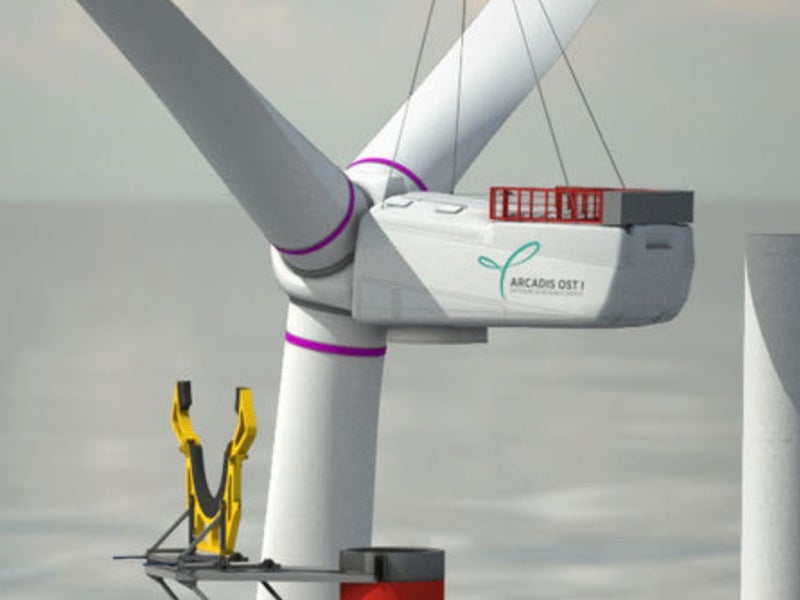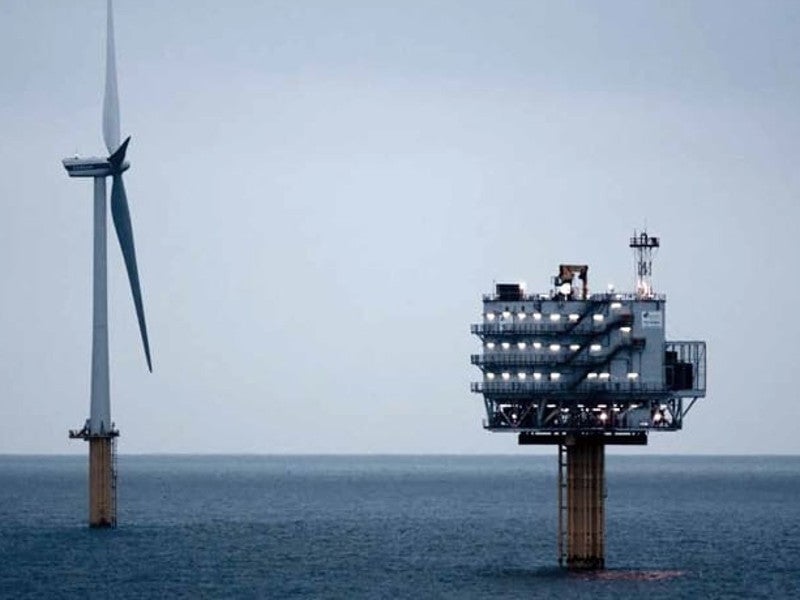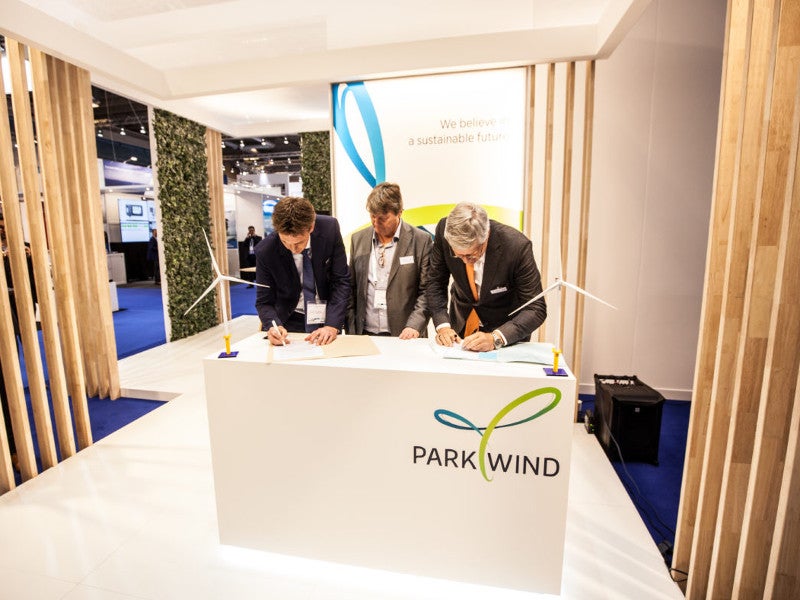Arcadis Ost 1 is a 257MW offshore wind farm being developed in the Baltic Sea off the German coast.
It will be the first offshore wind farm to employ a floating vessel for assembling wind turbine generators.
The Arcadis Ost 1 project was initially developed by KNK Wind, which was acquired by Parkwind in May 2018.
The project is expected to achieve financial closure in 2020, while installation of turbines is scheduled in late 2022.
The wind farm will begin operations in 2023 and will supply electricity to an estimated 300,000 households in Germany when online.
Arcadis Ost 1 wind farm location and details
Arcadis Ost 1 will be located offshore Mecklenburg-Western Pomerania in northern Germany in the Baltic Sea.
It will be situated within the 12-nautical mile zone, 20km north-east of the Rugen Island in the Westlich Arkonasee cluster.
The offshore wind farm will include 27 units of MHI Vestas V174-9.5MW turbines, which will cover a 29km² area and be mounted on monopile foundations.
The project will employ a floating installation method to prevent soil interaction, reducing the risk as compared to a traditional jack-up installation. The method also reduces installation time and offshore wind energy cost.
MHI Vestas V174-9.5MW turbine details
MHI Vestas V174-9.5MW turbine features the largest commercially proven rotor size of 174m. Based on the V164 turbine platform, the turbine has a swept area of 23,779m².
With a rated power of 9.5MW, the turbine has an optimal rotor-to-generator ratio.
The hub height and tip height of the turbine are 110m and 197m respectively. The nacelle has a length of 21m, a width of 9m and a height of 9m, while each blade weighs 35t.
Floating installation method
Floating installation method developed for the project ensures a safe and highly reliable blade assembly with full blade control.
The method involves fitting the rotor nacelle assembly (RNA) on the installation vessel before lifting it onto the wind turbine generator (WTG) tower as a single piece.
The floating vessel will include all turbine components on the deck. A dummy tower on the floating vessel will act as a sturdy platform for the assembly of nacelle and blades.
WTG tower will first be lifted onto the pre-installed turbine foundation. The nacelle will then be lifted onto the dummy tower to attach the blades.
Transmission from Arcadis Ost 1 wind farm
The wind farm will be connected to the German high-voltage grid via an offshore transformer platform, which will transmit the electricity to the mainland.
50Hertz Transmission, a transmission system operator based in Germany, will develop the platform to connect the Arcadis Ost 1 and Baltic Eagle wind farm to the German high-voltage grid.
Ostwind 2 project will include the installation of three 220kV submarine cable systems (OST-2-1, OST-2-2 and OST-2-3), with a combined capacity of 750MW. The cable system corridor will follow the coastal sea of Mecklenburg-Western Pomerania and the exclusive economic zone (EEZ).
The renewable power generated by the wind farm will be converted to 380kV by the transformer substation in Lubmin (Mecklenburg-Western Pomerania) before being fed into the 50Hertz transmission grid.
Arkonasee and Westlich Arkonasee clusters will be connected by 220kV three-phase alternating current transmission system.
Contractors involved
MHI Vestas Offshore Wind won a contract to supply turbines for the project in November 2019. It collaborated with Heerema Marine Contractors and Parkwind for the development of the floating installation method.
Cowi was contracted to design the monopile foundations for the wind turbines and the offshore substation, while 50Hertz is responsible for developing the transformer substation for the wind farm.
DNV-GL Garrad Hassan Deutschland conducted the wind study, which was independently confirmed by anemos.
Karna Research studied ice conditions and DNV KEMA conducted a pre-engineering study.
Fugro Deutschland carried out site investigations, while Fraunhofer-IWES performed seismic investigations.
IfAÖ conducted an environmental impact study of the Arcadis Ost 1 wind farm, while DNV conducted maritime studies and EADS Cassidian performed a radar analysis.






